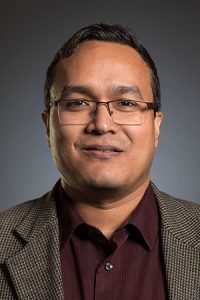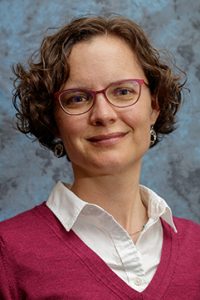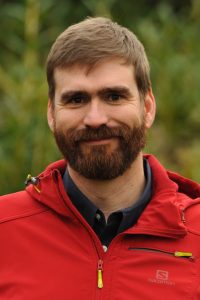“Enabling science using open source software, big data platforms, and diverse communities; applications in climate and hydrologic research”
Please join the UW eScience Institute for a special guest seminar by Joe Hamman of the National Center for Atmospheric Research!
When: Thursday, September 19, 3:00 pm – 4:00 pm
Where: WRF Data Science Studio, 6th Floor, Physics/Astronomy Tower
Abstract: Across many data-driven fields, the abundance of data and compute is offering researchers exciting opportunities for scientific discovery. Realizing these discoveries is, however, often impeded by unnecessary constraints on the research process. These constraints stem from a variety of sources, including the complexities of working with very large datasets, and the failure to follow best data science practices. In this talk, I will discuss how open source software, big data platforms, and vibrant and diverse communities are enabling a new paradigm of scientific research. We will explore how this new paradigm is enabling open science and scientific transparency in service of society. I will provide examples from the perspective of climate and hydrologic modeling, demonstrating how pressing challenges in these domains are being addressed through the community development of open software and infrastructure through the Pangeo Project. I will end by highlighting areas in the climate and hydrologic modeling domains where emerging data science methods are likely to play an important role in the research landscape in the coming years.
Bio: Joseph Hamman is a scientist at the National Center for Atmospheric Research (NCAR). He received a PhD in Civil and Environmental Engineering from the University of Washington (2016) and additional postdoctoral training in computational hydrology at NCAR (2016-2018). His work focuses on using emerging data sciences approaches in service of climate and hydrologic modeling research. He has made significant contributions to open source scientific software projects (e.g. Xarray, Dask, Jupyter) and helps lead the Pangeo Project – a community effort for big data in the geosciences.












